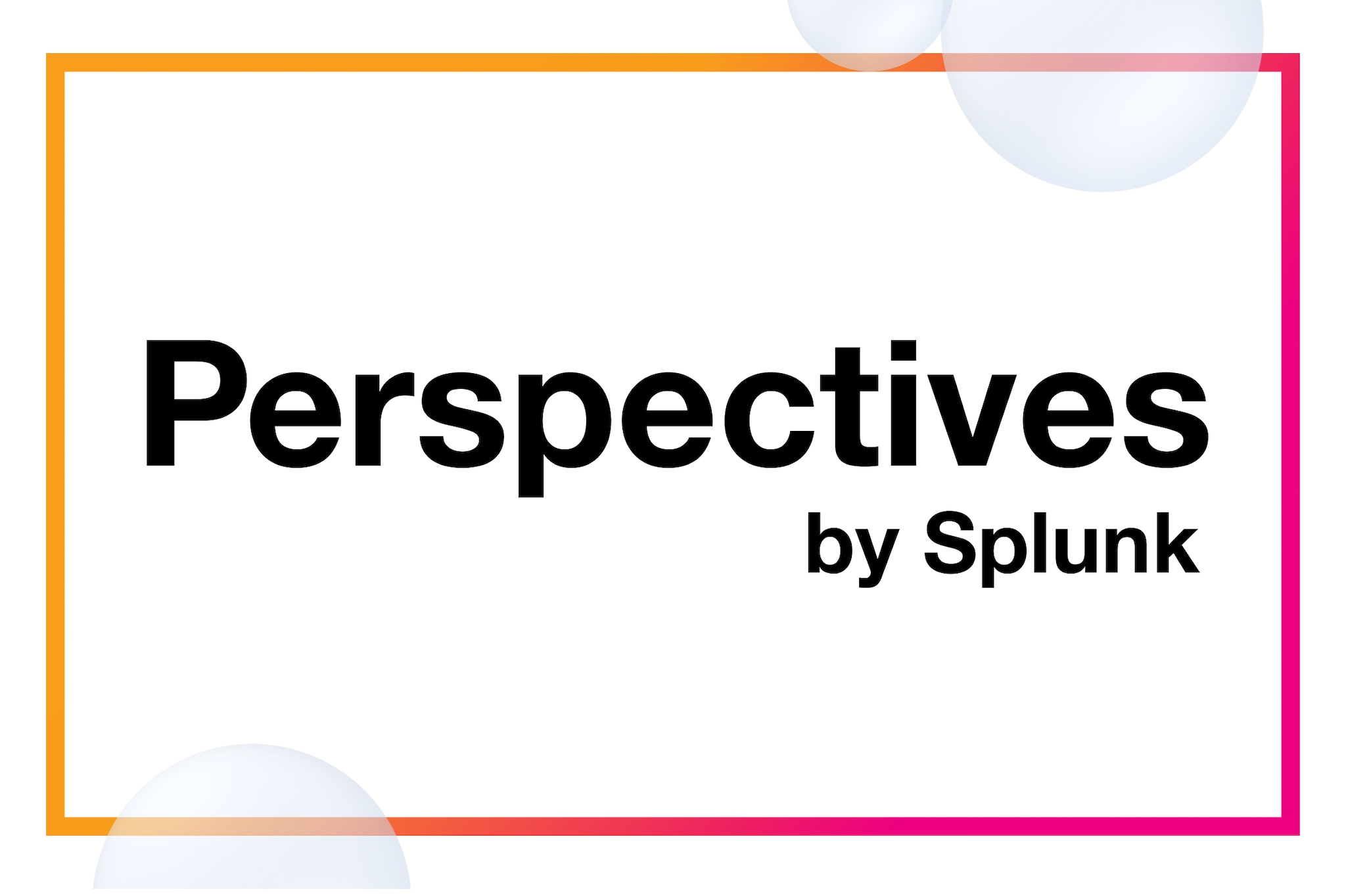Why Staying Flexible Is the Only Way to Master AI

Being AI-ready is not a finish line, it’s a posture. Organizations that succeed with AI do not eliminate dysfunction, they become honest about it.
They know where silos form, where handoffs break, and where incentives conflict. They align people, process, and data so those imperfections do not metastasize inside AI systems. The work shifts from building foundations to steering outcomes. That is where risk management, cost control, and responsible scale live.
By this point, if an organization has done the foundational work of making data accessible, governance active, and culture one of shared ownership, then it is as close to AI ready as it can be. The natural question that follows is, now what? What does it mean to move from being ready for AI to actively operating with it? How do leaders sustain momentum, manage risk, and ensure that AI becomes an accelerator rather than an amplifier of dysfunction?
At this stage, maturity looks less like perfection and more like awareness. It is knowing where your weak points are, understanding what should be automated and what should not, and putting mechanisms in place to prevent the system from running away from itself.
The organizations that will thrive are the ones that approach AI as an enterprise capability, not a side project.
They recognize that readiness is not about being free of problems, it is about being equipped to handle them responsibly.
True maturity begins when that readiness is tested. AI will inevitably surface new challenges like cost volatility, compliance complexity, and ethical questions that can’t be deferred. Organizations that treat readiness as resilience are best positioned to manage those risks while keeping innovation on course.

Resilience starts with strategy
Managing risk through governance, cost control, and bias mitigation
AI maturity introduces a new class of operational risk that can evolve as quickly as the technology itself. Costs are now dynamic, scaling with every event, query, and model invocation. Bias can surface subtly and spread invisibly across systems. Compliance expectations shift faster than annual audits can adapt, while security must now account for both human and machine behavior. These risks are no longer hypothetical; they are already materializing in enterprises deploying AI without clear oversight or spending controls. Without visibility into usage and governance, small inefficiencies can compound exponentially, eroding both trust and return on investment.
A disciplined approach treats AI governance as a core business function. Most enterprises already have architecture or change review boards to evaluate new systems. The next evolution is an AI governance council with C-suite sponsorship from the CIO, CTO, or a new Chief AI Officer role. The purpose of this council is to coordinate investments, define acceptable risk, and monitor outcomes. It ensures that AI is deployed with the same accountability as any other strategic initiative. The council decides which use cases are safe for automation, which require human oversight, and which must remain human-led until the data or processes mature. It establishes the rules of engagement like how bias is detected and mitigated, how ROI is measured, and how compliance is maintained.
Bias deserves particular attention. Some bias is intentional, like favoring cost efficiency or safety over speed, for example. But unintentional bias can have serious consequences. The most effective way to manage it is through comparison. Run multiple models trained on different datasets and measure the divergence in outcomes. If the difference is statistically significant, the bias must be examined and corrected. This is also where governance intersects with culture. A strong culture encourages teams to raise concerns, share findings, and act transparently. The point of governance is not to say no, it is to make sure decisions are visible, accountable, and fair.
Sustaining an AI-ready culture
Once AI becomes embedded across business units, the risk of new silos returns. Every team will experiment with automation. Some of that shadow AI is healthy. It signals creativity and local problem-solving. But without a framework to evaluate and integrate those experiments, innovation turns into fragmentation. The goal is not to eliminate shadow AI but to manage it. The governance council should create a simple intake process where teams can submit new AI initiatives for review. Those that show value can be folded into the enterprise model, ensuring consistency and oversight.
Education is another pillar of long-term readiness. Everyone involved with AI, from data scientists to finance leaders, needs a shared vocabulary for cost management, bias, and performance. Training is not just about how to use a model, it is about understanding its implications. Each domain should have accountable owners responsible for stewardship around data quality and ensuring alignment with enterprise policies. Transparency reinforces trust. Regularly publishing metrics on AI performance, cost, and incident response turns readiness into an ongoing practice instead of a one-time goal.
Finally, leadership must balance speed with safety. Full autonomy should be treated as a privilege that is earned through proven reliability. Most organizations will operate with a human-in-the-loop model for the foreseeable future, gradually expanding autonomy as confidence grows. Policies should define when human approval is required, what constitutes an exception, and how post-action reviews are handled.
Readiness at scale is a blend of structure and flexibility that allows teams to move quickly while maintaining control.
Scaling AI with confidence
Being ready for AI does not mean every challenge is solved. It means the organization has built the muscle to respond wisely. As AI becomes integral to business processes, the companies that succeed will be those that stay clear about purpose, transparent about risk, and grounded in data integrity.
When people share a common truth, when systems speak the same language, and when leadership holds itself accountable for both innovation and risk, AI becomes an extension of organizational intelligence. Readiness is not a destination. It is how an organization learns, governs, and grows in real time.
Subscribe to the Perspectives by Splunk newsletter and get actionable executive insights delivered straight to your inbox to stay ahead of trends shaping security, IT, engineering, and AI.
Related Articles
About Splunk
The world’s leading organizations rely on Splunk, a Cisco company, to continuously strengthen digital resilience with our unified security and observability platform, powered by industry-leading AI.
Our customers trust Splunk’s award-winning security and observability solutions to secure and improve the reliability of their complex digital environments, at any scale.


